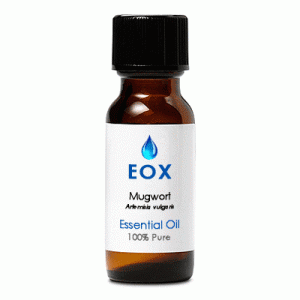|
Characteristics:
A colorless or pale yellow liquid with a powerful camphoraceous, bittersweet, herbaceous odor.
It blends well with oakmoss, patchouli, rosemary, lavender, pine, sage, clary sage, and cedarwood.
Principal Constituents: These are naturally occuring in the essential oil.
- thujone
- cineol
- pinenes
- dihydromatricaria ester
General Actions:  Open Symbols Key
Open Symbols Key
Anthelmintic, antispasmodic, carminative, choleretic, diaphoretic, diuretic, emmenagogue,
orexigenic, stimulant, stomachic, tonic (uterine, womb), vermifuge.
Safety:
  
Oral toxin, due to high thujone content. Abortifacient: avoid use during pregnancy.
Primary Therapy Agent:
No specific therapeutic references. Used for perfumery.
Secondary Therapy Agent:
No specific therapeutic references. Used for perfumery.
Important Note: The information on Florapathics.com is
only provided for educational purposes, and further research should be done on each essential oil to be assured
of its proper usage for each individual. Aromatherapy is not meant to be a replacement for care under a qualified
health professional, but should be considered a complimentary modality.
|








